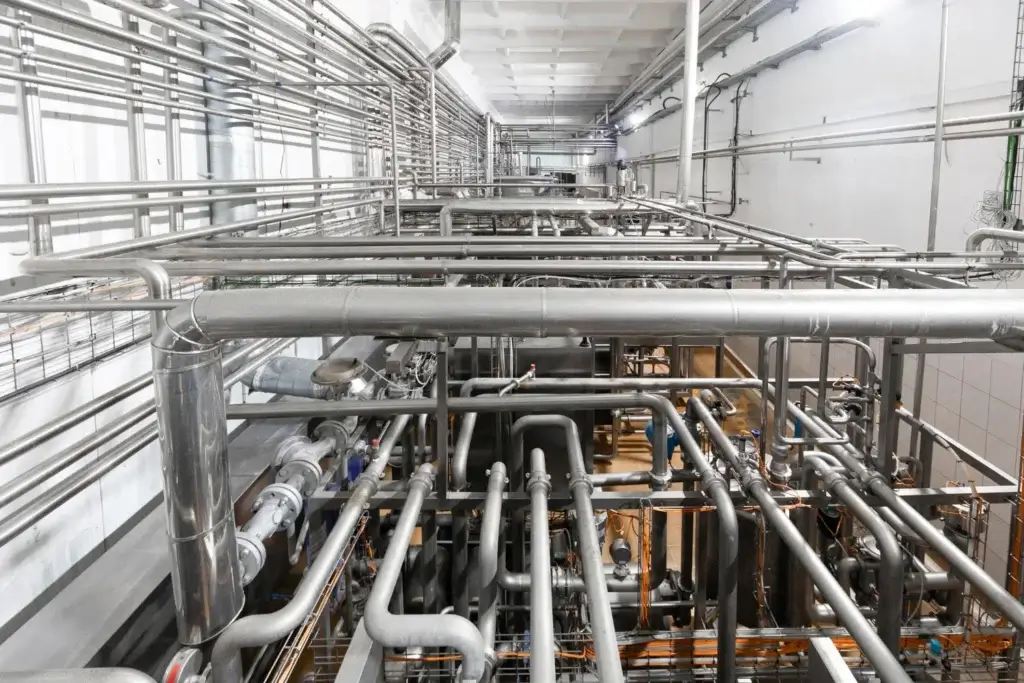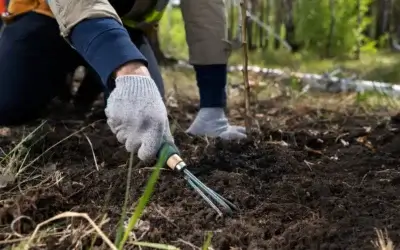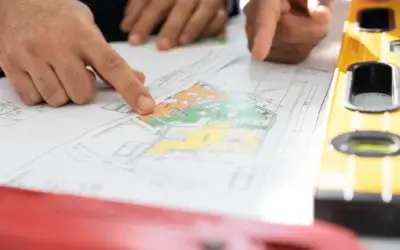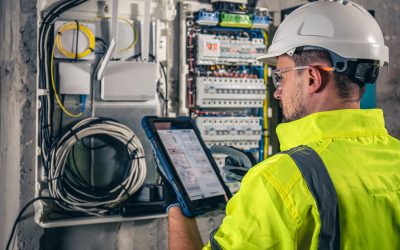
If you are planning a project that involves digging, one of the biggest challenges you may face is knowing exactly where water lines are buried. A single mistake can cause damage that leads to expensive repairs, water loss, and even safety risks for you and your property. Homeowners in Calgary and across Alberta often underestimate how close these lines can be, and contractors face similar risks when breaking ground without accurate information.
At A Safe Choice Locators, we see firsthand how water line detection helps prevent these issues before they start. This blog was written to help you understand why detecting water lines is so important and how it can keep your project running smoothly. Our goal is to make this process easier to understand so you can move forward with confidence.
Below, we will look at why water line detection matters, the common challenges you might face, and how working with a professional can save you time, money, and stress.
Why Water Line Detection Matters
Water lines are essential to every property, but they are also vulnerable if disturbed during a dig. Striking one can cause leaks, flooding, or contamination that disrupts not only your project but also your daily life. Even a small repair can quickly become costly if a damaged line requires emergency service.
This is why professional water line locating is such a key step in safe digging. By identifying the exact location of lines before excavation, you can avoid unnecessary risks and keep your project on track. If you are planning a backyard build or larger construction work, booking a water line detection service through our utility locating team gives you a clear picture of what lies below.
Common Challenges with Water Lines
Hidden or Private Lines
One of the biggest challenges in water line detection is that not all lines are covered by public utility services. Many homes in Calgary and throughout Alberta have private water lines that run to things like detached garages, outdoor taps, or irrigation systems. These lines are often installed after the home is built, and they do not always show up in standard utility records. If you rely only on Alberta One Call, you may end up with an incomplete picture of what is buried beneath your property. Striking one of these private lines can lead to unexpected leaks, flooding, or costly repairs. By choosing a private locating service, you can make sure that both public and private water lines are identified and marked. This step gives you confidence that nothing has been overlooked before you begin your project.
Outdated or Inaccurate Records
Another common challenge is the assumption that old maps or records are accurate. Over time, water lines can shift due to soil movement, renovations, landscaping, or natural wear. Even if you have documentation from when your home was first built, it may not reflect the current reality of your yard or property. Relying on this outdated information creates a false sense of security that can put your project at risk. A professional water line detection service uses current methods to confirm the exact location of lines as they are today, not as they were years ago. This updated information helps you avoid surprises and ensures that your project moves forward without unnecessary delays. When you know you are working with accurate data, you can plan your excavation with far greater confidence.
Misjudging Safe Digging Distance
Even when lines are marked, many people misjudge how close they can safely dig. It is a common misconception that once utilities are located, you can dig right next to the markings. In reality, the best practice is to keep at least 18 to 24 inches of clearance around marked lines. Within this area, it is always recommended to use hand tools rather than heavy machinery to reduce the risk of accidental strikes. Misjudging this safe digging distance is one of the leading causes of utility damage during small and large projects alike. Our team helps clients understand how to work safely around marked zones and provides guidance on when and how to dig by hand. Knowing these safe practices not only protects underground utilities but also keeps your project moving without dangerous or costly interruptions.
The Value of Working with Professionals
DIY projects and even professional builds can run into trouble without accurate utility locating. A trusted locating service provides more than just markings on the ground; it offers peace of mind that your project is safe and compliant. With experienced technicians and proven methods, our team at A Safe Choice Locators supports homeowners, contractors, and developers across Alberta.
When you plan your next project, consider how much easier it will be to move forward knowing every line is accounted for. To learn more, visit our utility locating services and see how we can help you start digging safely.
Conclusion
Water line detection is not just about preventing accidents; it is about planning smarter. By understanding the location of water lines, you can avoid damage, reduce costs, and keep your project on schedule.
Whether you are a homeowner tackling a backyard build or a contractor managing a larger development, having accurate information before you dig is essential. Our team is here to support you with reliable locating services so you can move forward with confidence.
If you have questions or want to talk with someone about planning your project safely, reach out. We are always happy to help guide you through the process.


 587-834-3447
587-834-3447 5005 Dalhousie Dr NW Unit 175 Calgary, AB T3A 5R8
5005 Dalhousie Dr NW Unit 175 Calgary, AB T3A 5R8







